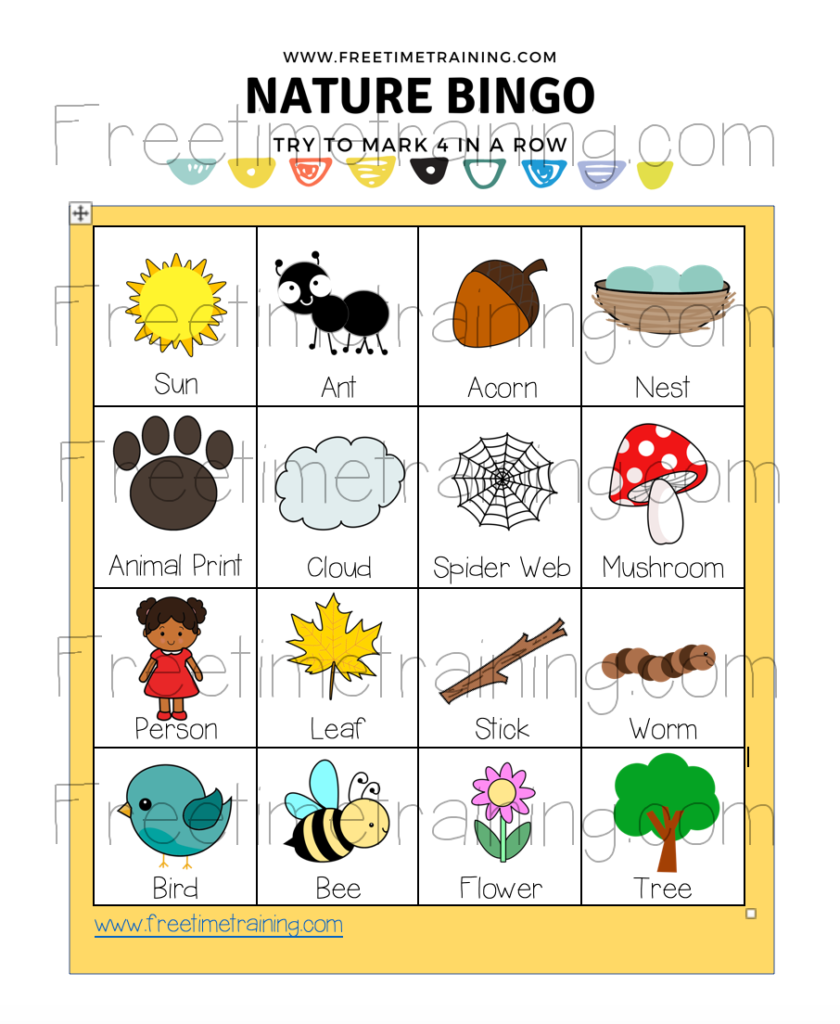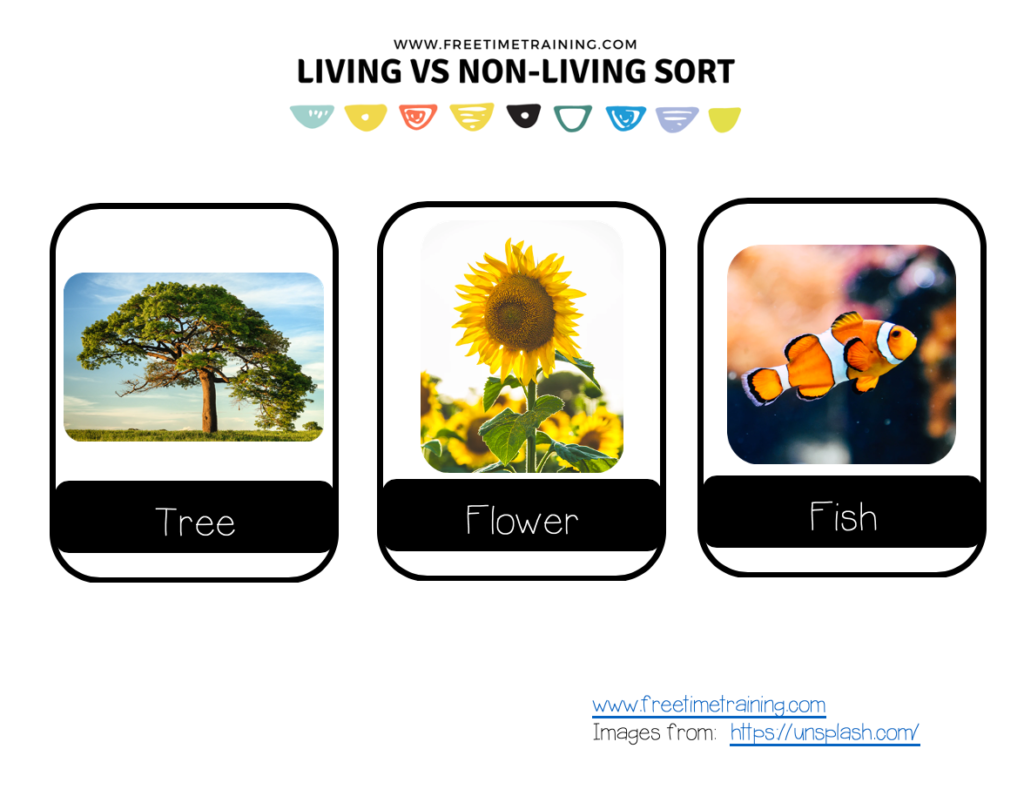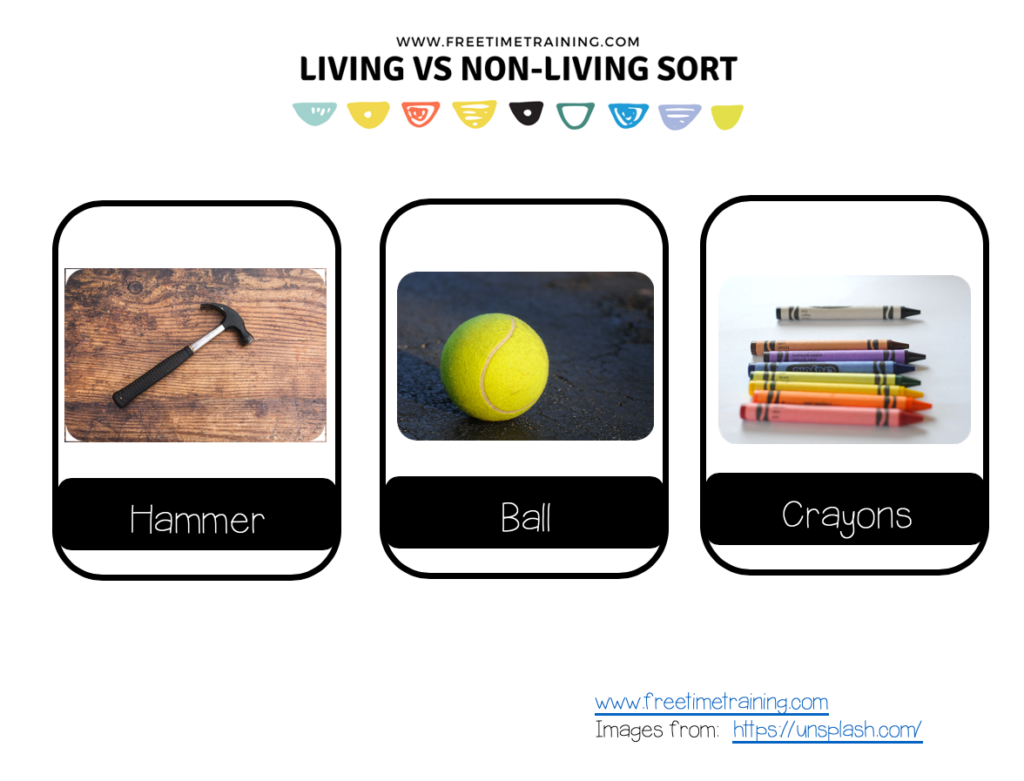The Early Childhood Standards of Quality for the state of Michigan includes early learning expectations for science. One learning expectations for preschool age children is to “show a beginning awareness of scientific knowledge related to living and non-living things.” The full document of the Early Childhood Standards of Quality can be found at the following link: https://www.michigan.gov/documents/mde/ECSQ_OK_Approved_422339_7.pdf. As children develop this scientific skill, they will begin to demonstrate an ability to talk about living and non-living things. Children will also will begin to categorize items based on characteristics that are observable, begin to develop an awareness of lifecycles, and begin to describe the relationship between animals and plants.
Children are natural scientists. Play provides children the opportunity to develop knowledge through exploration. A study conducted by Claire Cook at MiT concluded that children who are given ambiguous information were more likely to seek additional information through experimentations. These children defined variables and tested out theories. Children who were given the opposite information, did not define variables. These children lacked the trial and error process their peers took part in. The full findings may be read at the following link: https://web.stanford.edu/~ngoodman/papers/CookGoodmanSchulz2011.pdf
As a facilitator of children’s development, it is important to remember these key findings. A child’s natural desire to experiment can be easily stifled by an adults intervention. Adults need to provide children with rich experiences that will lead to exploration. Adults need to step back and allow children to lead the process as this process is the scientific method. When adults use the scientific method, they are seeking to answer a question by forming a hypothesis. Children take part in the same process when they interact with a rich environment.
The skill of differentiating living from non-living things begins with questions. The world is already technologically dependent and the pandemic has moved the necessity for digital skills to younger children. Preschoolers need hands-on experiences to supplement virtual education. One way to provide children an easy hands-on experience to look at living and non-living things is with Nature Bingo. In this activity, children use their surroundings to look at objects that are either living or non-living. As they find the objects in nature, they mark them off on their bingo board. Children can attempt to get four in a row, cover all the items, or seek to make a different pattern. In addition to the exploration, children can be prompted with questions to encourage children to look at the items in a living or non-living classification system. The following are questions an adult may use to prompt children to think deeper during the activity:
- Does the item move on its own?
- Does the item need water?
- Can it eat food?
- Does it make food?
- Does it breathe?
- Does it need air?

The download includes 5 unique bingo cards that can be printed as many times are you need. The cards can be found for download at https://www.teacherspayteachers.com/Product/Nature-Bingo-5917955 for a very low fee.
In addition to the Nature Bingo, you can provide children with literature that supports the development of this science learning expectation. The following are affiliate links with resources that will help children develop this learning expectation.
- What’s Alive? (Rise and Shine) (Let’s-Read-and-Find-Out Science 1)
- Do You Know Which Ones Will Grow?
- Are You Living?: A Song About Living and Nonliving Things (Science Songs)
- What Kind of Living Thing Is It? (Introducing Living Things (Paperback)
- What Is a Life Cycle? (The Science of Living Things)
An additional activity to help children develop this knowledge is to sort images of living vs. non-living things. I am including the link to download my sorting cards for FREE! Images for these cards came from www.unspash.com.
https://www.teacherspayteachers.com/Product/Living-vs-Non-Living-Sorting-Cards-5918504


